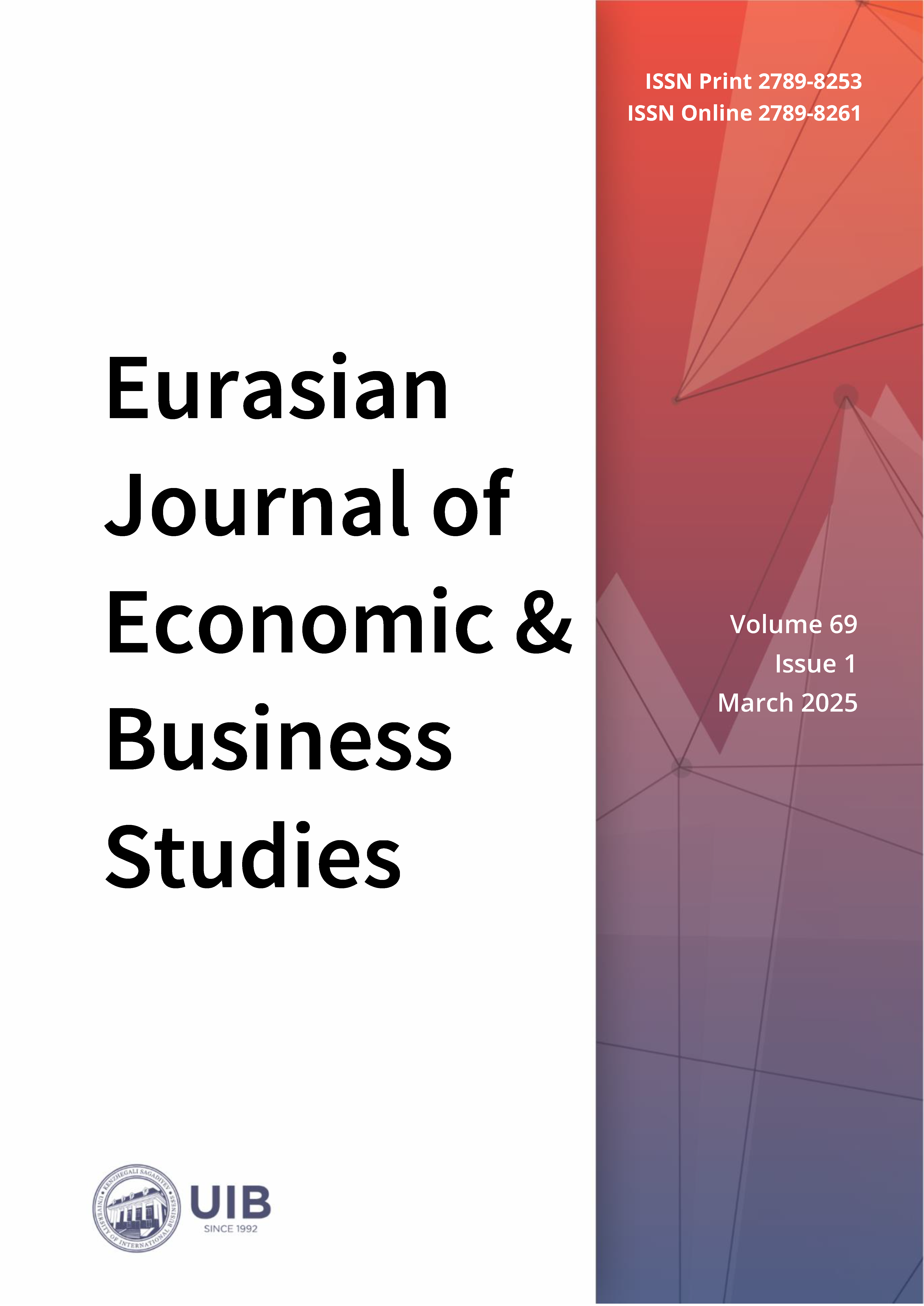The Impact of Internal Migration on the Economic Development of Kazakhstan’s Regions
DOI:
https://doi.org/10.47703/ejebs.v69i1.487Keywords:
Economy, Economic Development, Urbanization, Economic Disparities, Migration, Demography, Territorial Inequality, Regional TypologyAbstract
Internal migration of the population has a significant impact on the socio-economic development of regions, particularly in countries with vast territories and diverse economic conditions, such as Kazakhstan. The purpose of this study is to examine the relationship between internal migration and the gross regional product (GRP) in Kazakhstan's regions. The official statistics of the Republic of Kazakhstan for the period 2013-2023, covering GRP indicators and internal migration flows of the population, were used as the initial data. The analysis included the calculation of average shares of urban and rural migration, as well as the average GRP level for each region. The results showed that at the national level, there was a moderate positive correlation between the share of urban migration and GRP (+0.411, p = 0,219), as well as a negative correlation between rural migration and GRP (- 0.411, p = 0,219), reflecting the general trend in favour of urbanization. At the regional level, the most significant correlations were recorded in the Kyzylorda region and Shymkent сity. The developed typology, based on median values, revealed the existence of four stable spatial development patterns: regions with a high proportion of migrants; regions with a high percentage of urban migrants and low GRP; regions with a small proportion of urban migrants but high GRP; and regions with few urban migrants and a low GRP. Future research paths may aim to expand the model by incorporating additional variables, such as employment, education, and quality of life, in the regions.
Downloads
How to Cite
Downloads
Published
Issue
Section
License

This work is licensed under a Creative Commons Attribution 4.0 International License.
Authors retain copyright and grant the journal right of first publication with the work simultaneously licensed under a Creative Commons Attribution (CC-BY) 4.0 License that allows others to share the work with an acknowledgment of the work’s authorship and initial publication in this journal.



